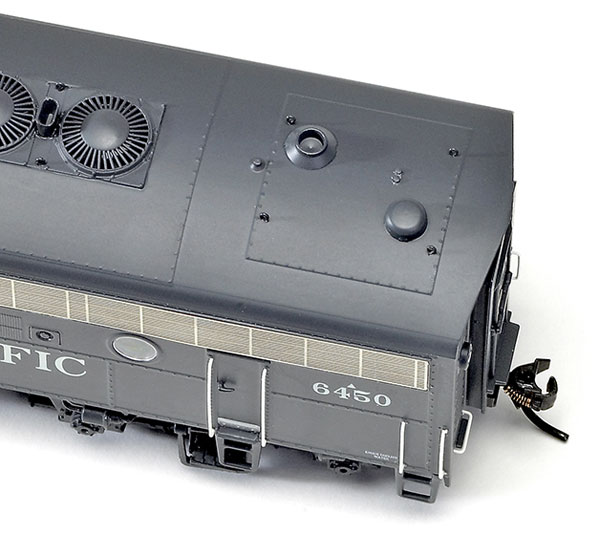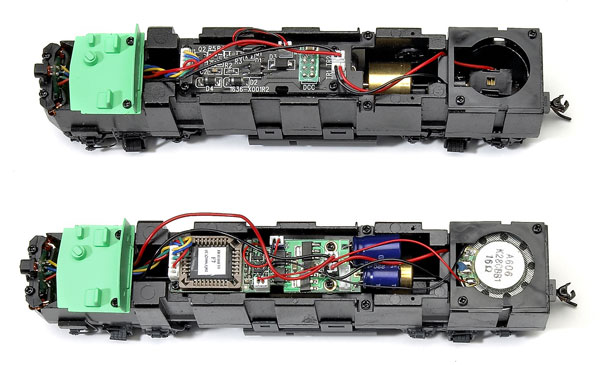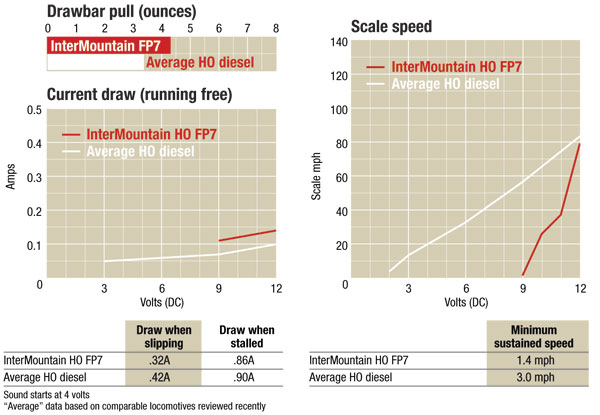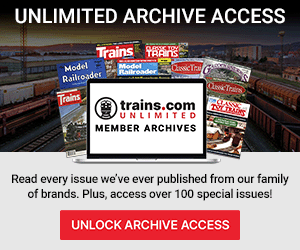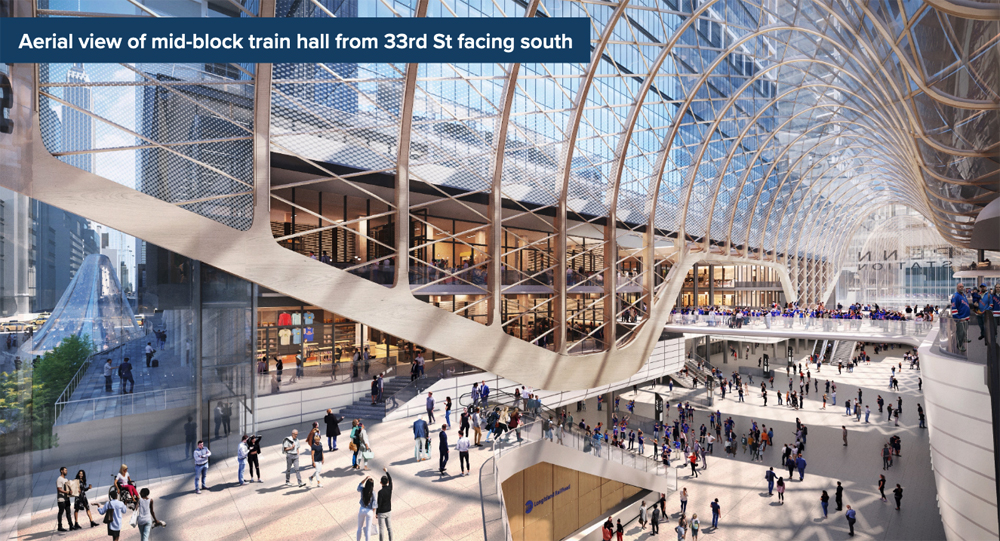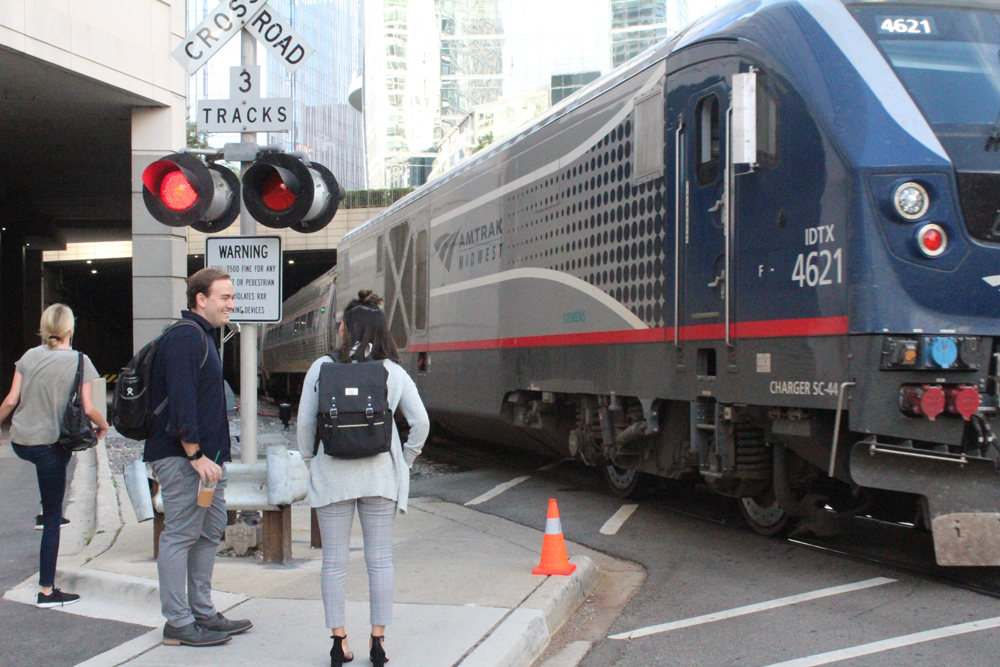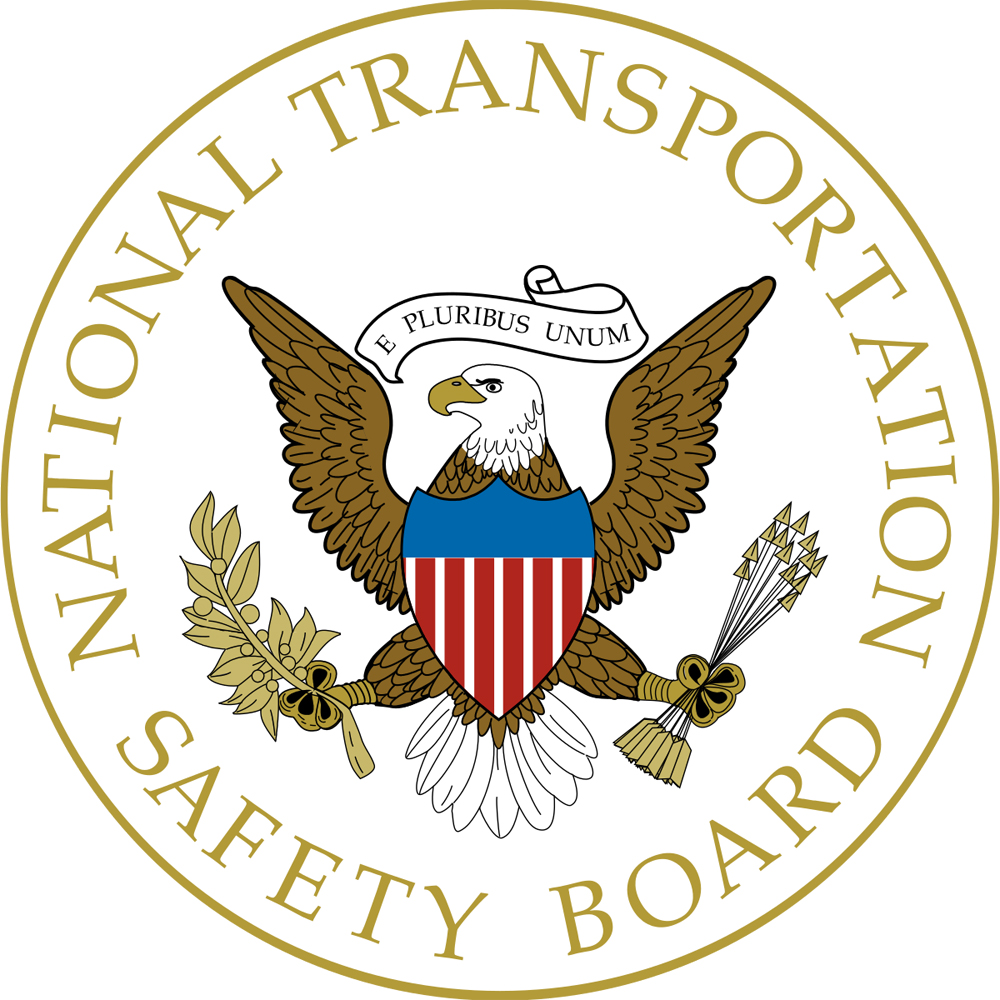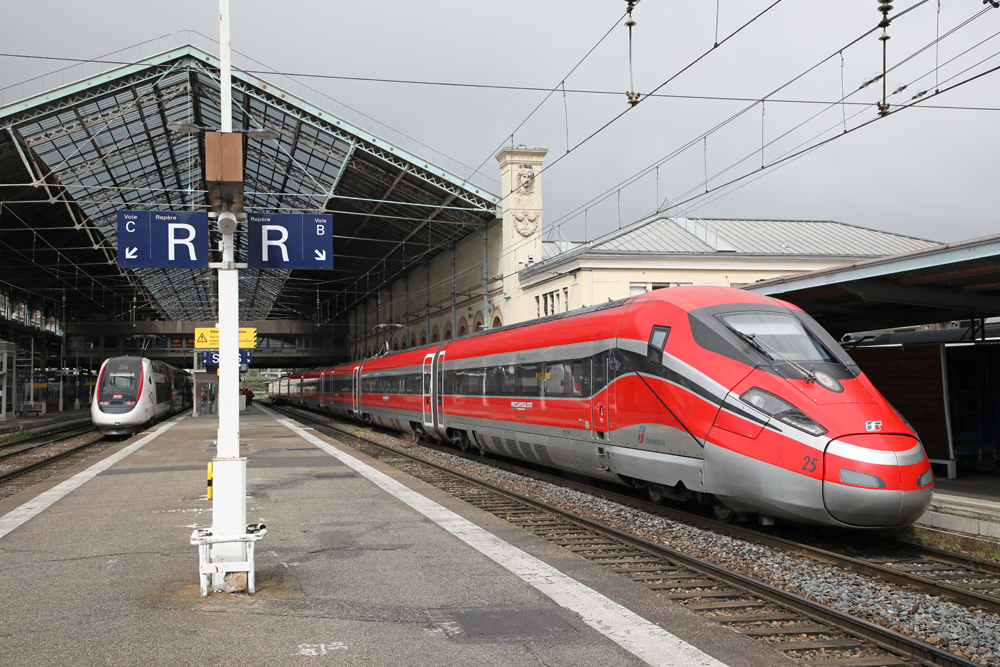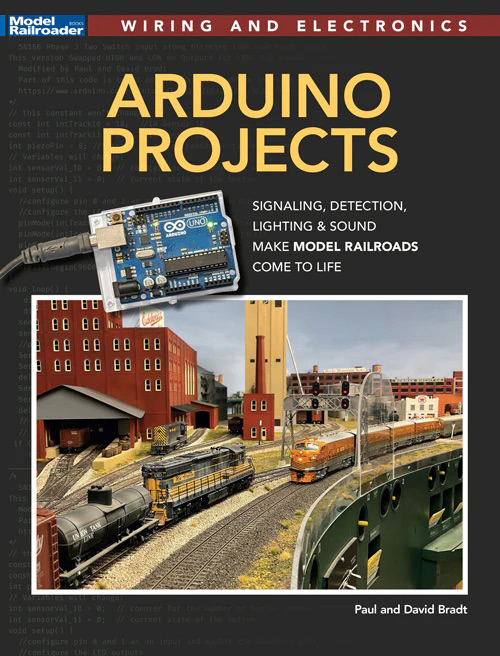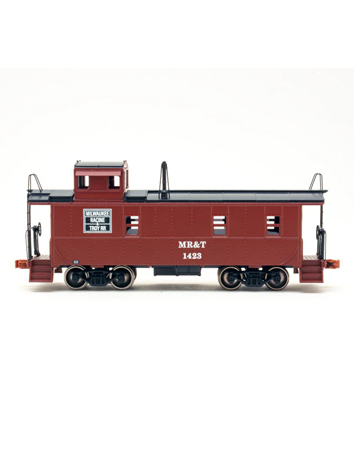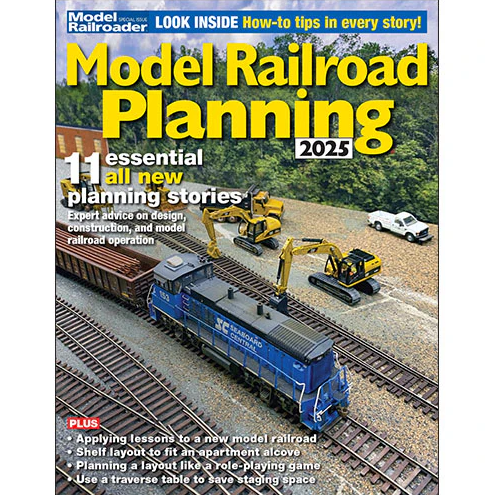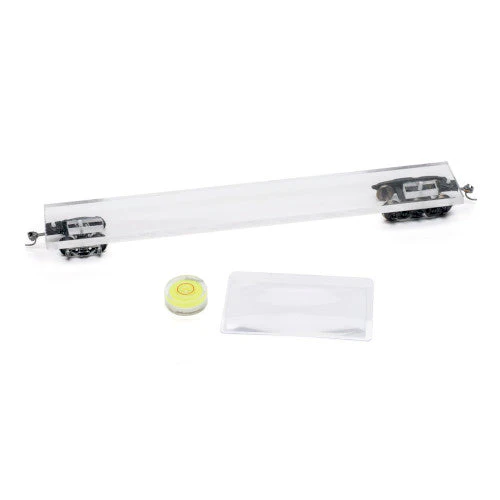Dual-service prototype. The Electro-Motive Division (EMD) built 372 FP7 A units for 31 railroads between June 1949 and December 1953. Mechanically, the FP7 A units were stretched versions of the F7 freight locomotive. The extra four feet of space between the cab and the diesel engine held three water tanks that supplied the steam generator for passenger service.
These road locomotives were geared for top speeds between 65 and 89 mph so they could haul freight trains or race across the country at passenger speeds.
InterMountain’s HO FP7 model also shares many of its features with the firm’s previously released F7. It has a well-detailed plastic body shell that’s made in two versions with either the original horizontal louvers or post-1951 vertical-slit vents. Numerous details are factory-applied. The stainless-steel upper grills are thin metal etchings that allow the side trusses to show through.
We examined an ACL FP7 A unit and an SP FP7 A and F7 B consist that display typical variations. The ACL unit has a Mars signal light, a freight pilot, and full side skirting, but no dynamic brake fan. [According to InterMountain, some of the ACL models, including our sample, were assembled without steam generator details. If you purchase one without these details, contact InterMountain. – Ed.]
The SP version includes a snow-plow, a 48″ dynamic brake fan, cut-away skirting, and the Mars light.
The samples are all smoothly painted in realistic colors, and the printed lettering is excellent.
The EMD F trucks are acetal plastic with gearboxes that snap together. The brake cylinders and swing hangers are separate parts added to the sideframes that also include the foundry trademarks.
Concealed contacts collect current from all eight drivers, and flexible wires transfer the current to the PC board. The DC-only models have an 8-pin DCC plug.
Electronic features. The FP7 is offered with a QSI Quantum sound and control system that includes a dual-mode decoder for use on either DCC or DC layouts. There are numerous sound and control options, so it’s worth taking the time to read the 22-page manual to learn about the system. Many of the sounds are activated by the DCC function keys, and most have a volume adjustment.
This model includes QSI’s Quantum Analog Remote Control (QARC) capabilities. The QARC system allows the engineer to use a Quantum Engineer add-on controller to operate many of the locomotive’s sound features on DC layouts.
On DC, the dual-mode FP7’s sound started at 4 volts, but it took 9 volts for it to begin moving at 1.4 mph. It reached 79.2 mph at 12 volts.
These FP7s are good-looking models with excellent performance. Given their 58-car drawbar pull, these dual-service locomotives are certainly capable of hauling a long streamliner or a hot manifest freight.
Prices: FP7 A unit with dual-mode DCC and QSI Quantum sound system, $199.95; matching F7B, $164.95 to $169.95 each; DC-only FP7 A, $129.95, matching B, $94.95
Manufacturer
InterMountain Ry. Co.
P.O. Box 839
Longmont, CO 80502
www.intermountain-railway.com
Description
Plastic and metal ready-to-run
diesel locomotive
Road names: Atlantic Coast Line, Amtrak, Canadian Pacific,
Louisville & Nashville (blue
and cream), Milwaukee Road
(yellow), Pennsylvania RR,
Reading, St. Louis South-
western, Southern Ry. (green),
Southern Pacific (two ver-
sions), Union Pacific, and
Western Pacific (passenger)
Cab interior
Can motor with dual flywheels
Die-cast metal underframe
Directional headlight and lighted number boxes
Drawbar pull: 4.3 ounces
Dual-mode QSI Quantum sound and DCC system
8-wheel drive and power pickup
Etched-metal grills
Individually applied grab irons
Kadee Magne-Matic knuckle couplers (correct height)
Minimum radius: 18″
NMRA 8-pin DCC plug (DC-only)
RP-25 contour nickel-silver wheels (mounted in gauge)






